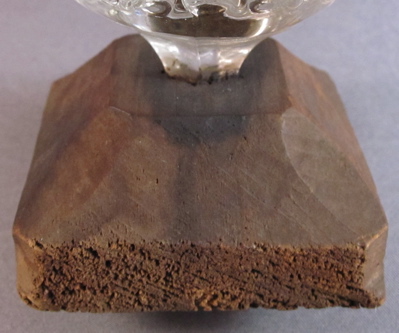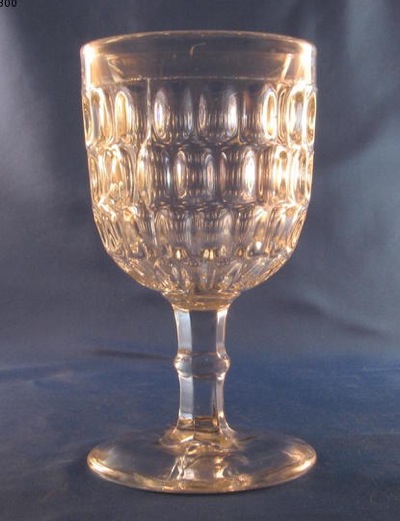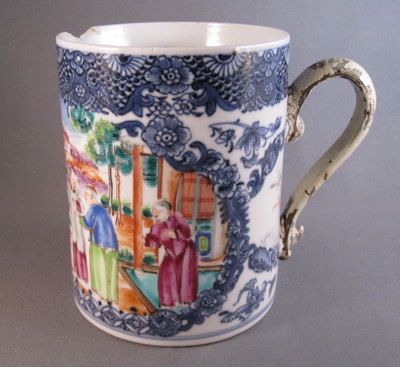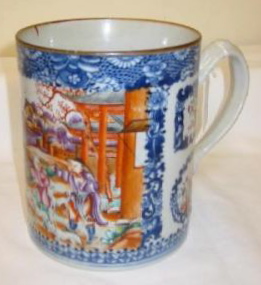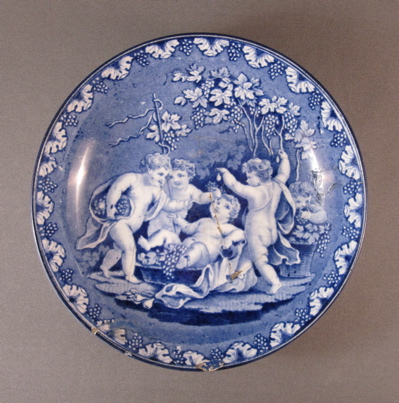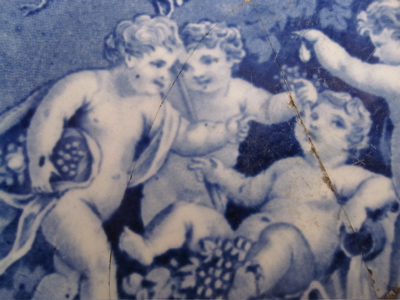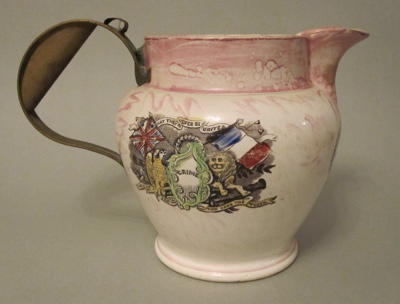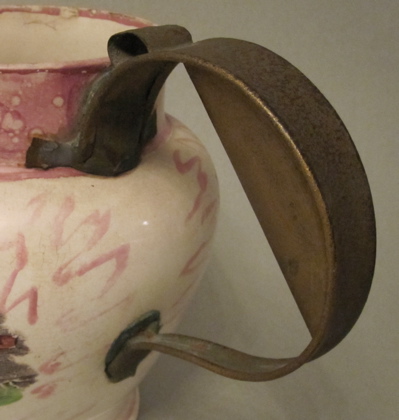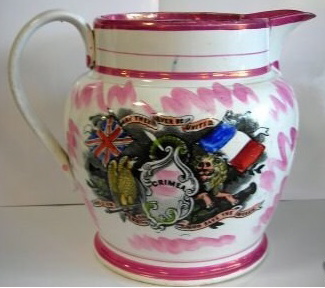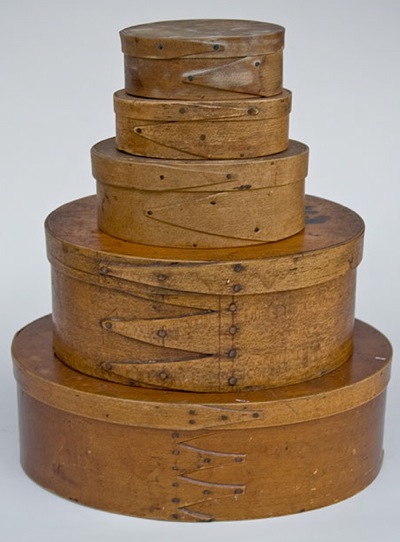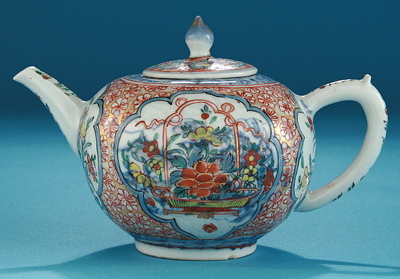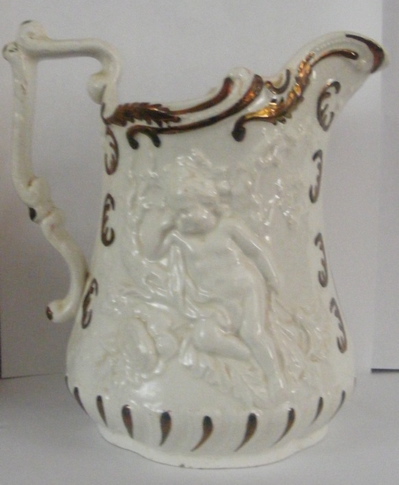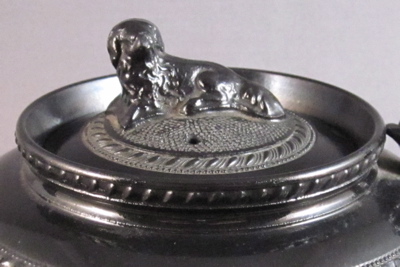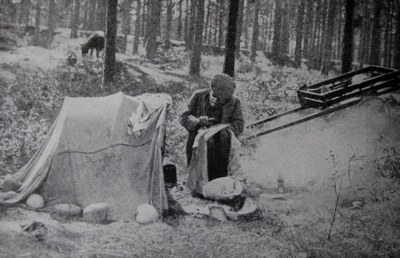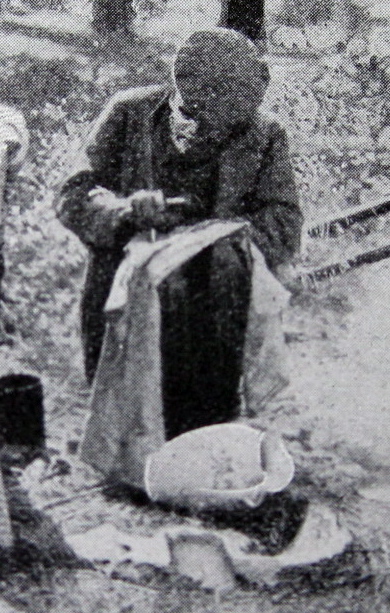Early American Pattern Glass goblet, also known to collectors as EAPG, in the “Wide Band Baby Thumbprint” pattern. Goblet stands 5″ high and is made of non-flint glass
It was not uncommon for goblets, which were used daily, to snap off at the base. And when they did, they were repaired at home with a carved wooden base such as this one, or taken to a tinsmith for a more lasting replacement
This is what the base would have looked like before the goblet slipped out of the original owner’s hands and on to the floor
Photo courtesy of Brey Antiques

